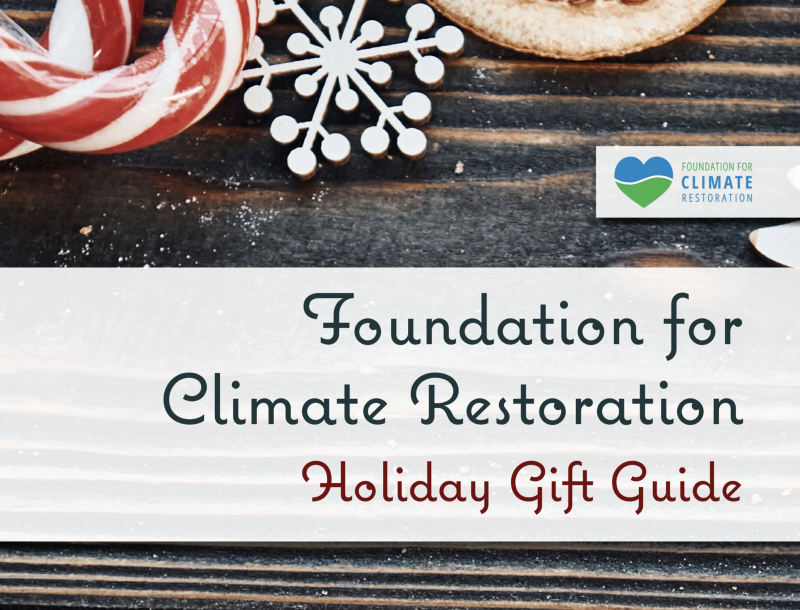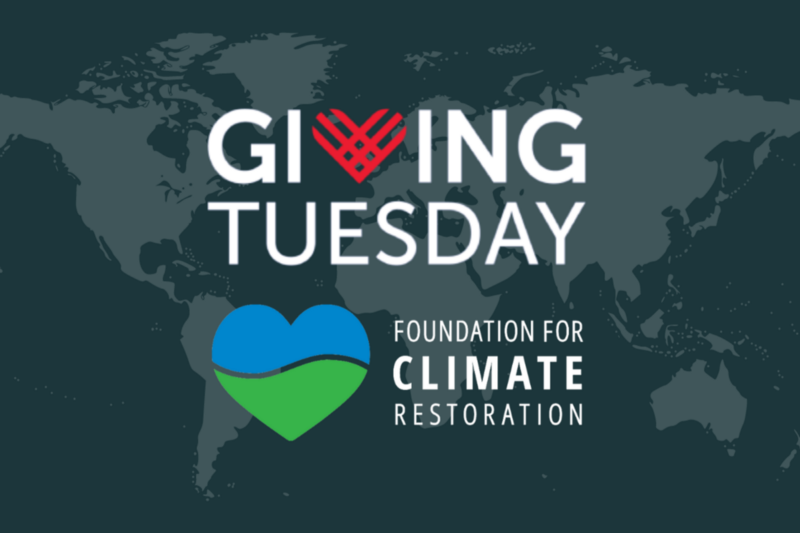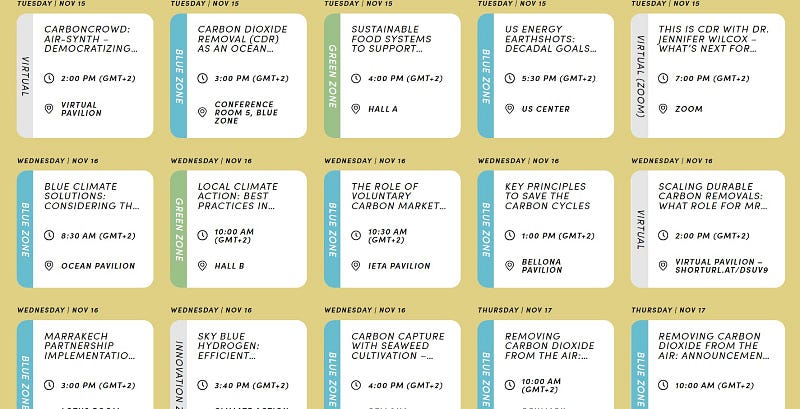Guest Post: Don Morrill — The power of community outreach to drive climate action
We hope you’ll enjoy this guest post from Don Morrill of Davis, CA. Don and Frances, whose story you’ll read below, embody the power of civic engagement in advancing climate restoration. Our work depends on people like you and like them to take up the mantle of climate restoration and bring it to your elected officials. Your voice matters! This election season, we hope you are as inspired by Don and Frances as we were. To join a local chapter, reach out to our Coordinator, Myra Khan, at myra@f4cr.org.
As a 24-year, second-generation member of the Davis Sunrise Rotary Club and a lifelong environmentalist, I was excited that Rotary International added environmental action as an area of focus in June 2020. As a result of that change, Erica Dodds was welcomed to speak to our club about the Foundation for Climate Restoration (F4CR) and its mission of returning our planet to the healthy climate that existed prior to industrialization.
Over the years, I came to sadly accept the increasingly bad news about climate and environmental degradation. In hearing Erica, I had the exhilarating sense that I no longer needed to perpetually fight an uphill battle to constrain human actions that harm our environment. F4CR has an answer to addressing climate change: Restoring the climate by removing the legacy carbon dioxide in the atmosphere.
Concurrent with Erica’s talk. I had the joy of meeting the newest member of our club, Frances McChesney. Frances is a retired CA State Water Board attorney and a successful four-sport UC Davis athlete with an abiding passion for team play. Together with several others we embarked on an effort to create an Environmental Committee within our Rotary Club that could join with other local clubs on restoration projects in our region and beyond.
Meeting with elected officials
Frances and I embarked on an effort to lobby our political representatives to support climate restoration legislation, specifically the Federal Climate Dioxide Removal Leadership Act (FCDRLA) — HR7434. Our goal was to have our current Representative John Garamendi and incoming Representative Mike Thompson become co-sponsors of the FCDRLA and get it passed.
My connection with Rep. Thompson goes back many years. As co-founder and Board Chair of the nonprofit CalWild, I had the honor of presenting him with the Phil Burton Leadership Award for introducing and leading the successful enactment of the North Coast Wilderness Act of 2006. Therefore, he readily accepted our request to meet with him. Over coffee, we talked about many things, including the FCDRLA, and following that meeting we learned that he has agreed to co-sponsor the bill!
I also made efforts to contact Representative Garamendi’s staff, to set up a meeting. And, in the meantime, Frances and I met with Davis Mayor Lucas Frerichs, who I’ve had the pleasure of supporting for some 10 years through endorsements and donations. We asked for his suggestions on how to approach Rep. Garamendi about the FCDRLA.
Success through the grapevine
Mayor Frerichs and Rep. Garamendi have a collegial long-term relationship, and they met not long after our conversation with the mayor. Mayor Frerichs urged Rep. Garamendi to co-sponsor the FCDRLA based on his conversation with us. Lucas’s conversation was critical: because he was a trusted colleague, his recommendation to support HR7434 held a lot of sway. His role tipped the scale to get an endorsement and co-sponsorship of the bill.
Join us and create your own success stories
To others somewhat new to this process, I suggest you seek a political leader you respect in your county/city, and ask them what organization(s) would be best to support and become involved with. For us, the Davis Democratic Club provided the entrée to the ranks of current and aspiring leaders — like Mayor Lucas Frerichs and others. Support those who you feel have potential to be leaders with endorsements and financial support (even a little bit makes a difference). Bring issues that are important to you to their attention. Letters of support on issues of concern and/or phone calls to their offices are critical to the process and have a real impact.
Another key to success is to build coalitions. Our small F4CR chapter is working to partner with compatible organizations locally to continue the efforts to undertake climate restoration. Furthermore, use every opportunity to connect with your community and the people around you. My partnership with Frances is the perfect example of what can happen when like-minded people come together to drive change. With determination and patience, all of these efforts can go a long way in building towards a habitable planet for future generations!


